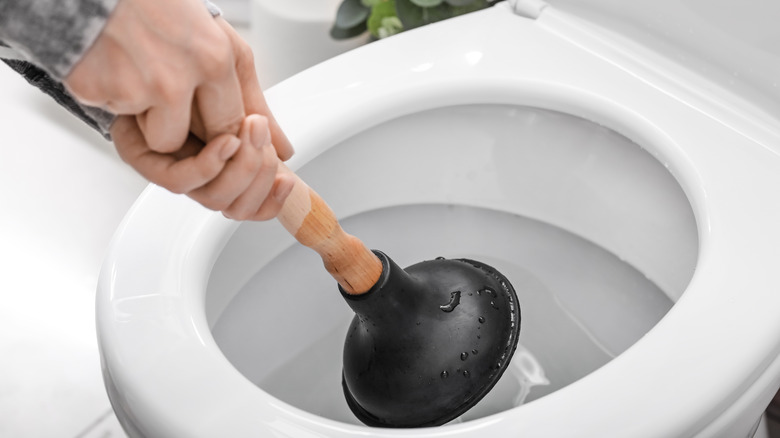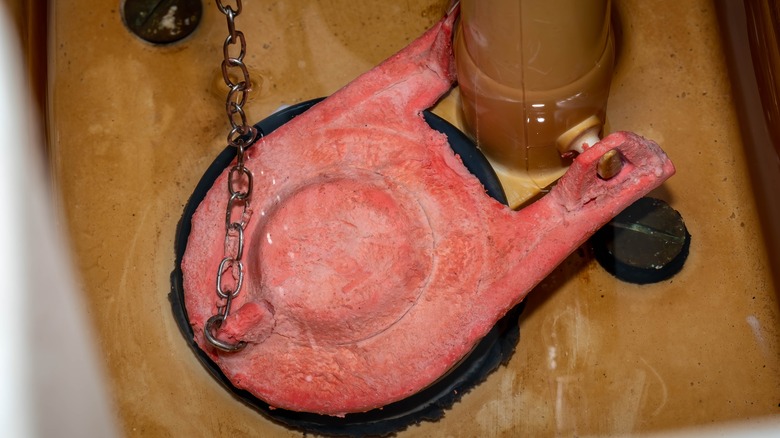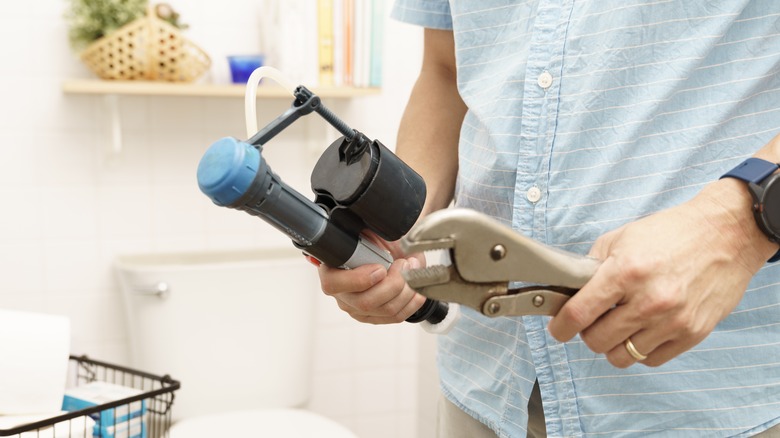Tips For Problem Solving A Toilet That Won't Flush Correctly
Your toilet is a home appliance you probably prefer to think about as little as possible. So, when it isn't flushing properly, you want to troubleshoot the problem quickly without touching gross water. There may be an unusual, unexpected reason the toilet won't flush, or you may have a common toilet problem you should not ignore. Either way, you can often try to fix the flushing problem yourself before you call the plumber to visit your bathroom.
The most common issue with a toilet that is not flushing well involves some sort of clog. Water flow can be an issue in a clog, as appliances sold in the past three decades use low-flow designs that limit them to 1.6 gallons per flush. You may especially notice issues with clogs if you have an older low-flow unit, as newer models generate extra water pressure.
However, some clogs have nothing to do with water flow. Anytime you have solids in the toilet, you may end up with a clog, especially if the kids use too much toilet paper. The best way to solve this issue is to use a flange-style plunger, which has a small flap extending from the middle of the plunger's cup. This extra piece helps generate force and suction to loosen the clog. Place the flap inside the hole at the bottom of the bowl and forcefully press down a few times.
Problems inside the toilet tank with the flapper and chain
Once you rule out a clog, you can focus on potential problems inside the toilet tank. When you press the flush handle on the tank, it lifts a flapper inside it. This releases a rush of water into the bowl, emptying its contents. When the toilet doesn't seem to flush properly, it's possible that one of the mechanisms in the tank is not doing its job adequately. Check the performance of these items in the tank by removing the lid.
Press the handle and watch the flapper at the bottom. If it isn't lifting or if it lifts and drops immediately, you don't have enough water flowing into the bowl. The chain that attaches the handle to the flapper could have too much slack, leaving it unable to lift and control it. The flapper may have too much wear to allow a tight seal, causing water to leak slowly into the bowl continuously and causing flushing issues. You can purchase a new flapper and chain mechanism and have this repair done on your toilet. Or adjust the slack in the chain to fix the problem.
Check the flow of water from the tank and in the bowl
Another common cause of toilet clogs is simply not having enough water available for the flush. A lack of water may generate a weak flush pressure, making it difficult to clear all the solids from the bowl. After you try to flush, let the tank refill normally. Then, open the lid on the tank to view the water level. Look on the tank's interior for a mark indicating the ideal fill level. If the water sits below this mark, not enough is running into the tank. You may have an issue with the fill valve.
If the valve is worn, it may allow water to leak into the bowl, leaving the tank unable to fill. The best option is to replace the fill valve with a new one that matches your toilet design. Most people can replace the fill valve in approximately an hour, but if water runs onto the floor in this process, you may want to call a plumber.
Another issue that can affect the flow, especially in an older toilet, is when you have clogged jets inside the bowl. These jets force water around the sides of the bowl, helping to move solids. The jets may clog over time with mineral buildup. You can often clean them with a scrub brush or using toothpicks to break loose the minerals restricting the flow.


